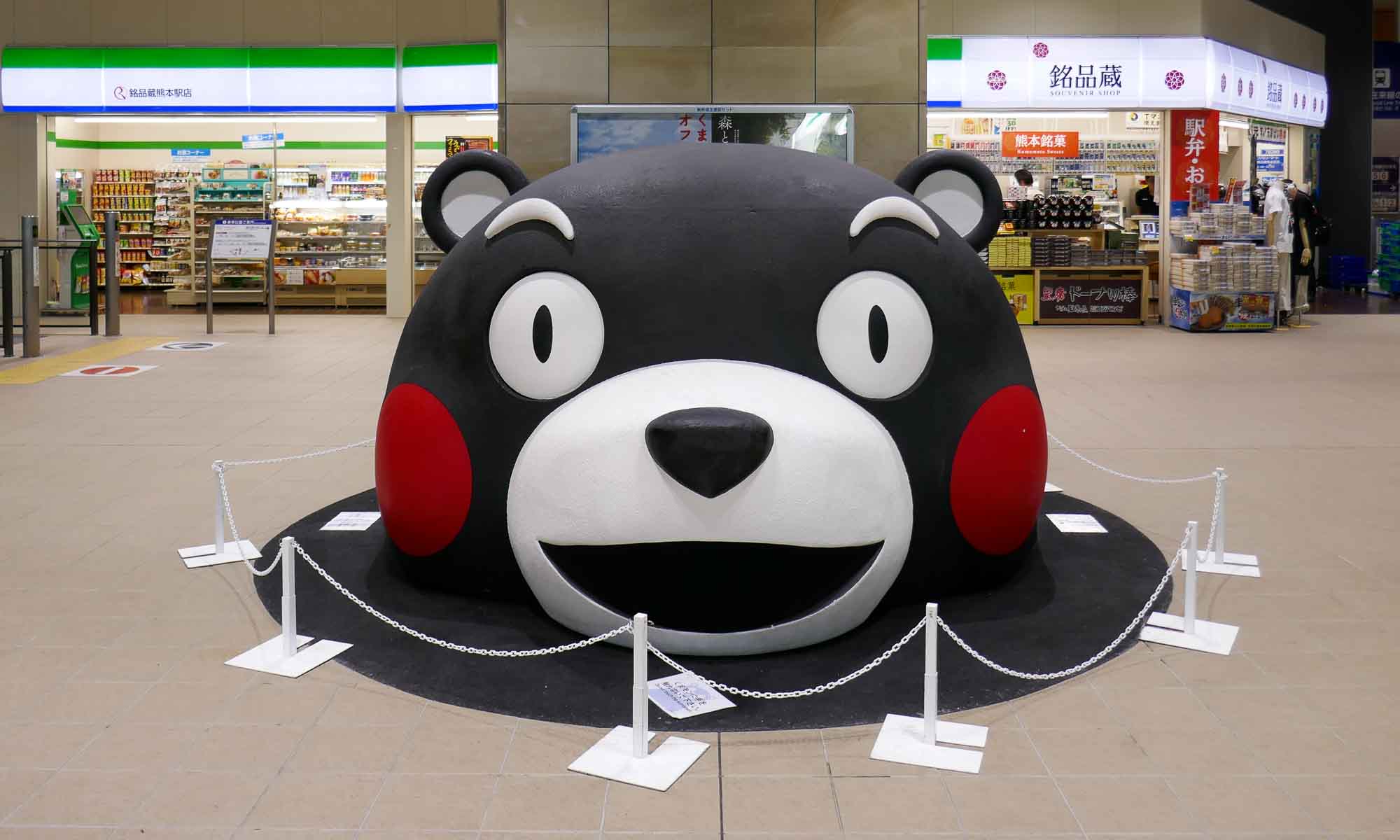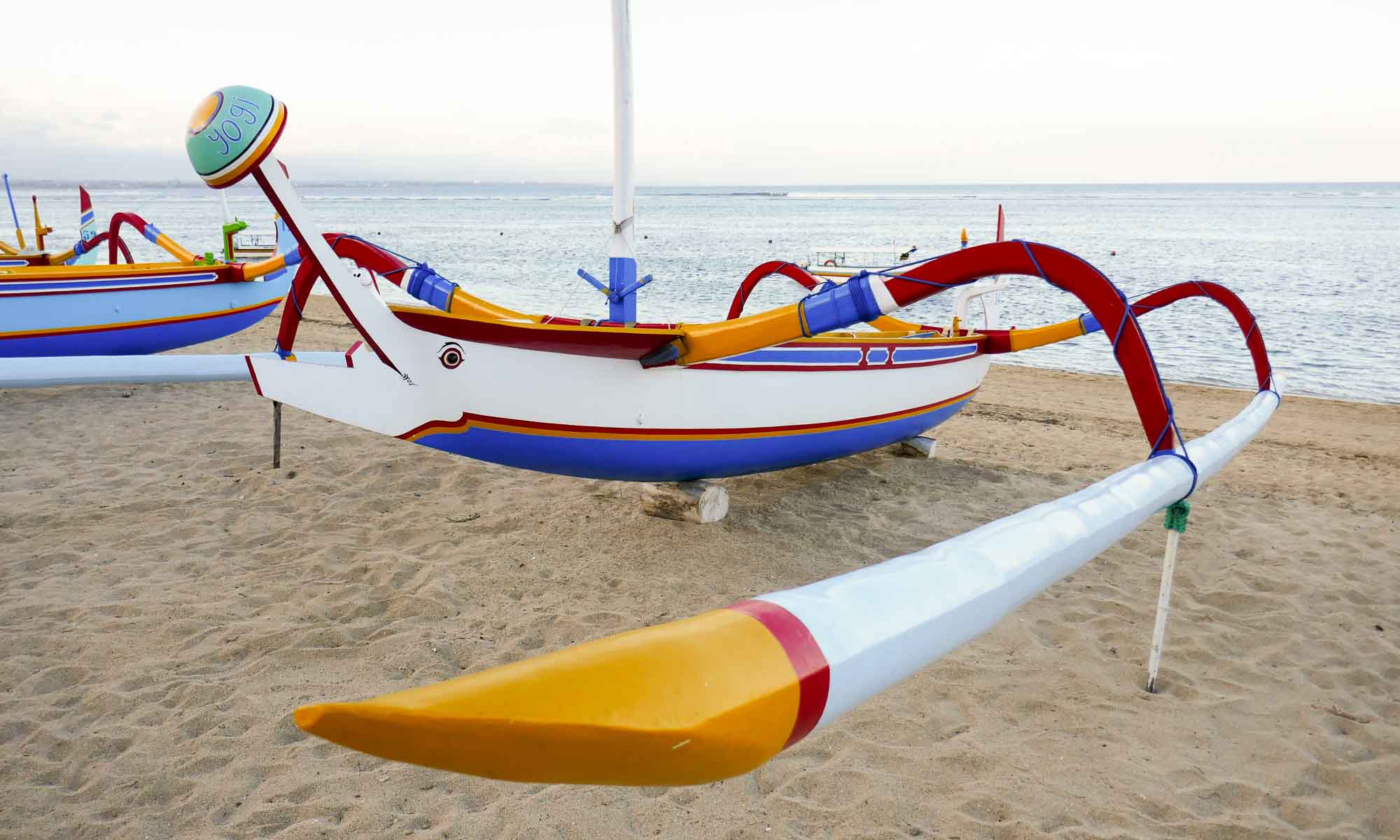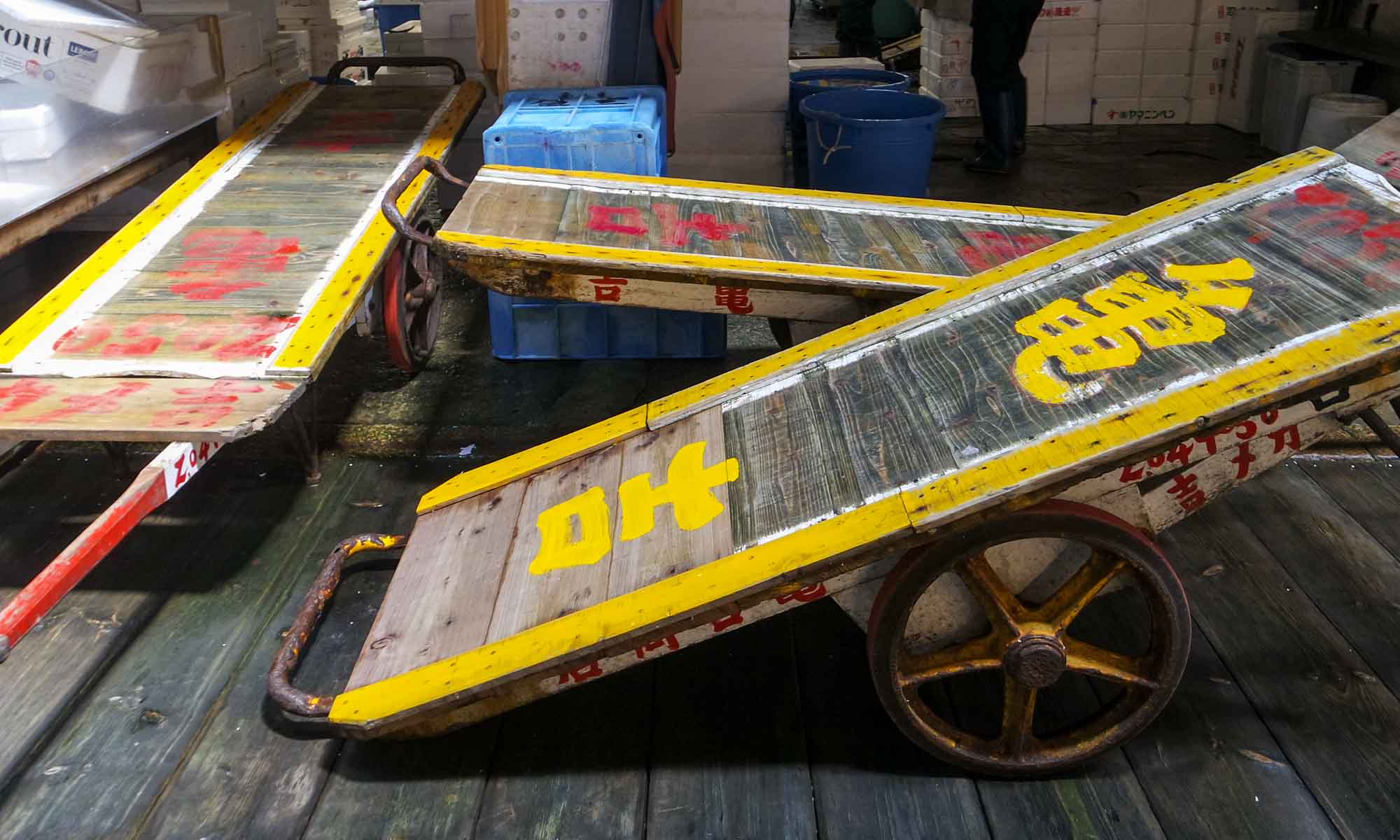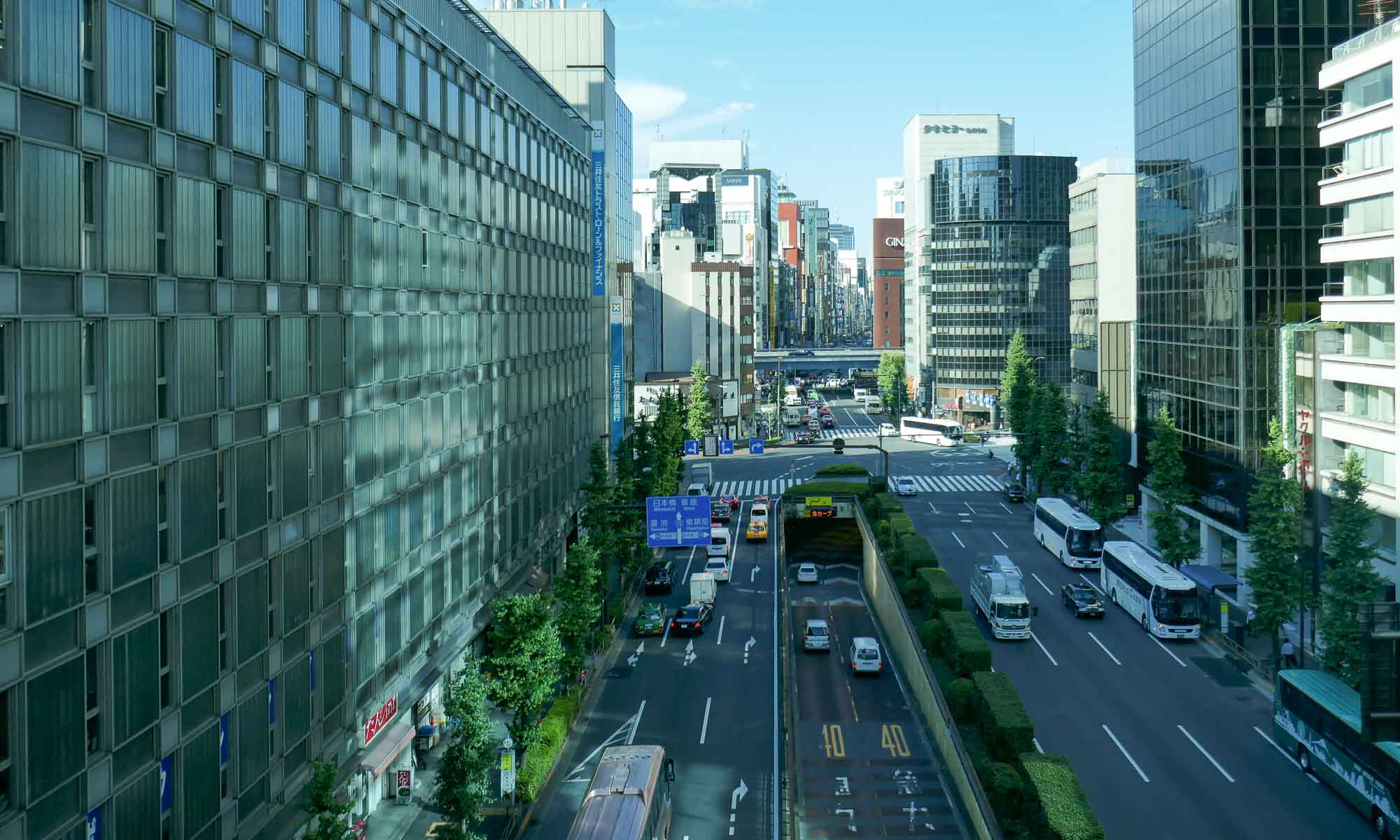A major city on the western coast of Kyushu, Kumamoto is famous for its castle, which was considered impregnable and is the third-largest castle in Japan. The city is a gateway to a number of places in central Kyushu, including Mount Aso, and Mount Sobo. Walking around the city, the mascot, Kumamon, a black bear with red cheeks, can be found everywhere.
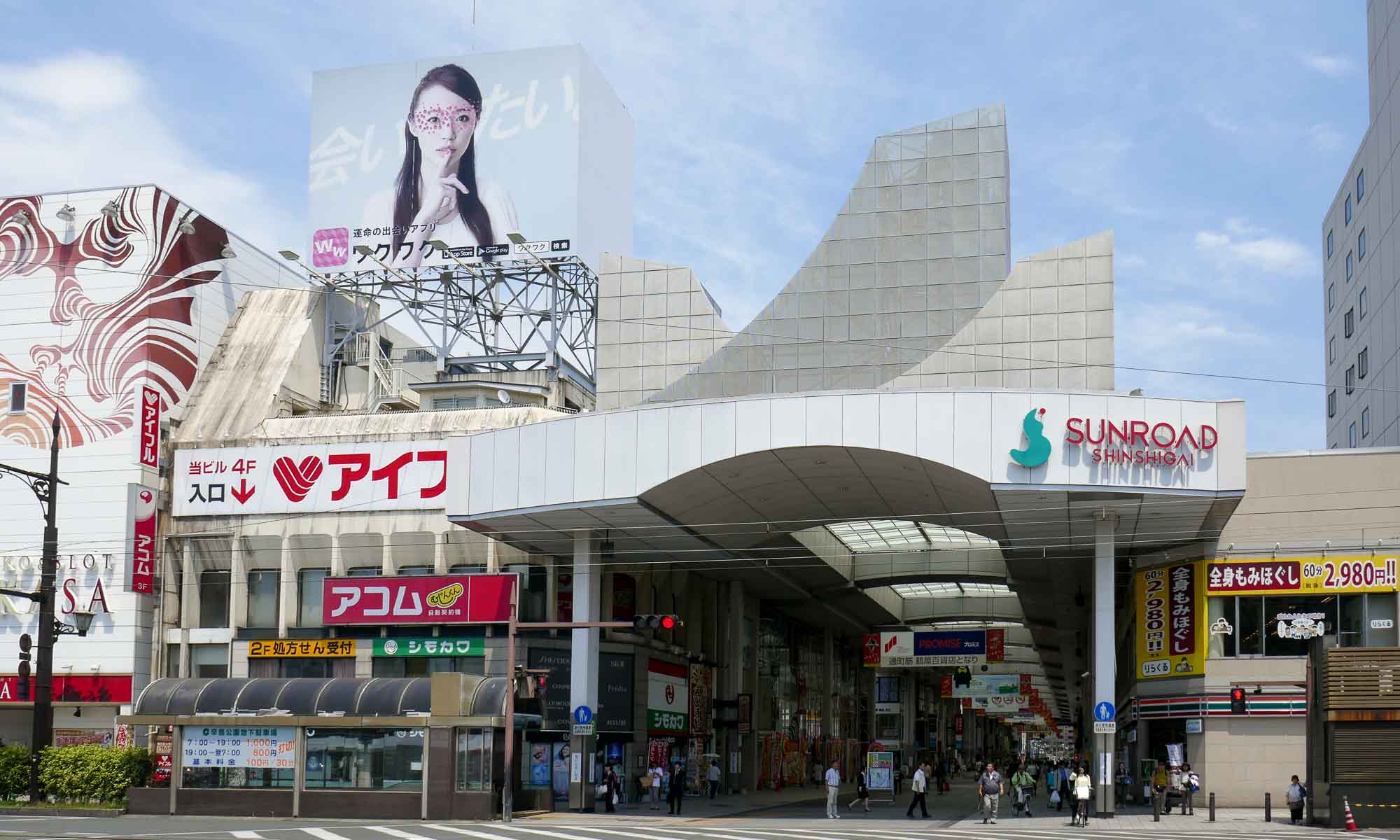
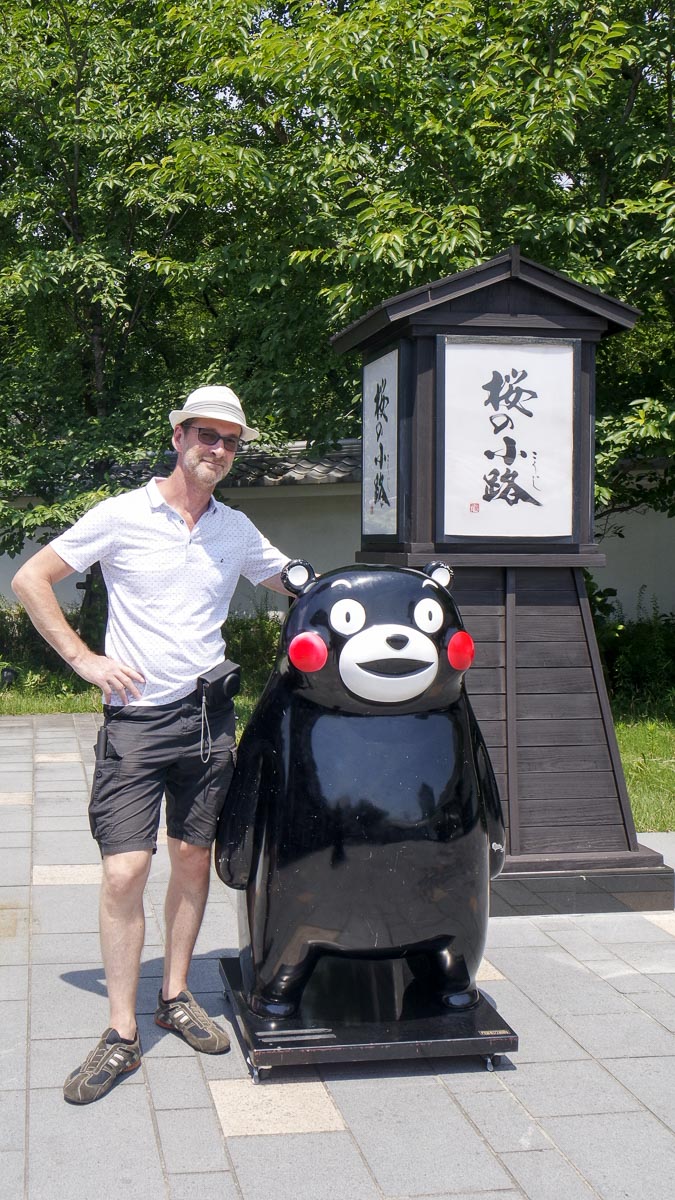
Highlights of Kumamoto
We spent a total of four nights in Kumamoto, and spent several days driving to various areas in central Kyushu.
Kumamoto Castle
The castle is one of the largest and most beautiful in Japan. It was completely burned down during the Satsuma Rebellion in 1877, and was reconstructed in the 1960s. Unfortunately, during the 2016 earthquake, the castle suffered serious damage and thus we were not able to visit the inner grounds. Entry to the outer grounds was free, and from there we were able to view the damage to the castle and the restoration efforts. Despite the damage, the castle is still beautiful, and worth a visit.
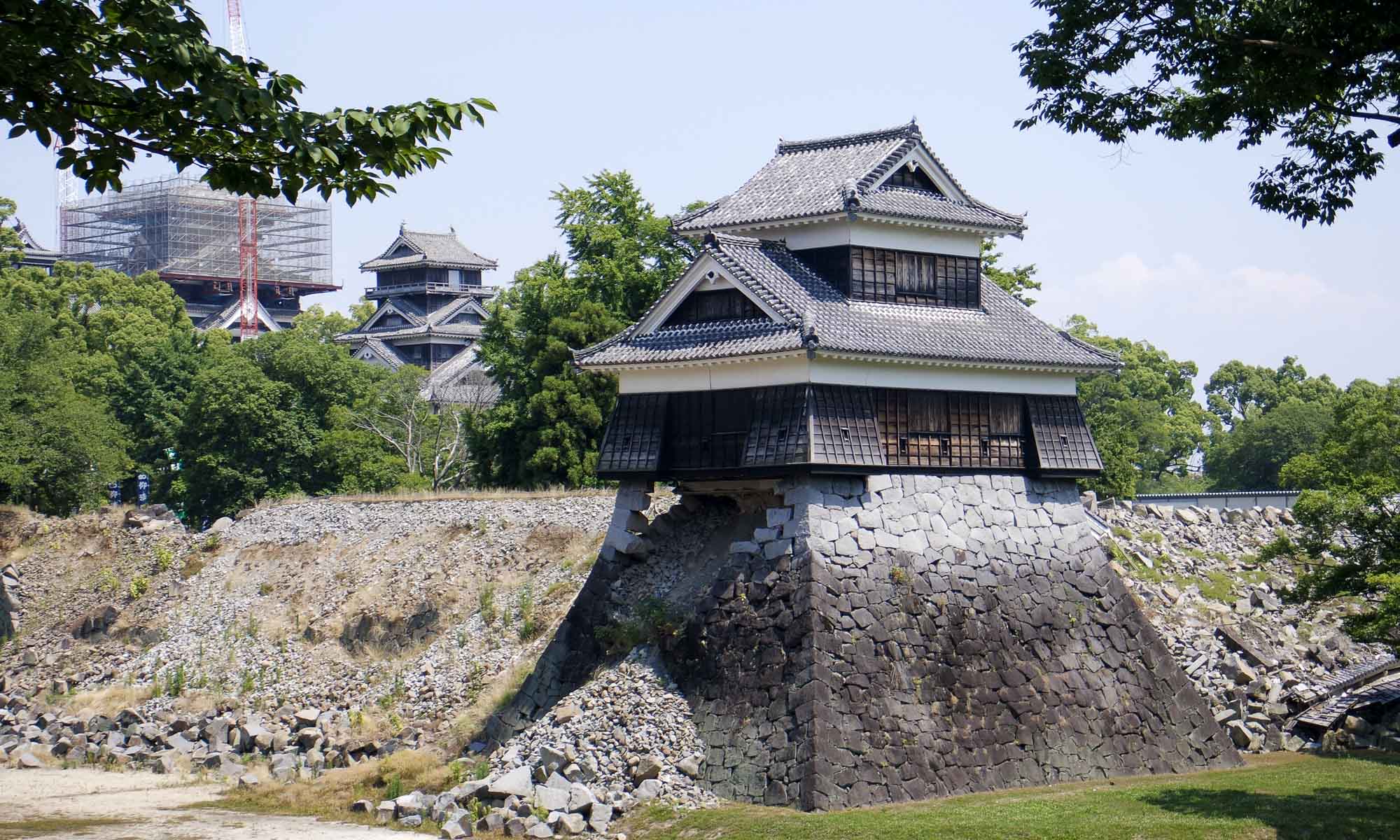
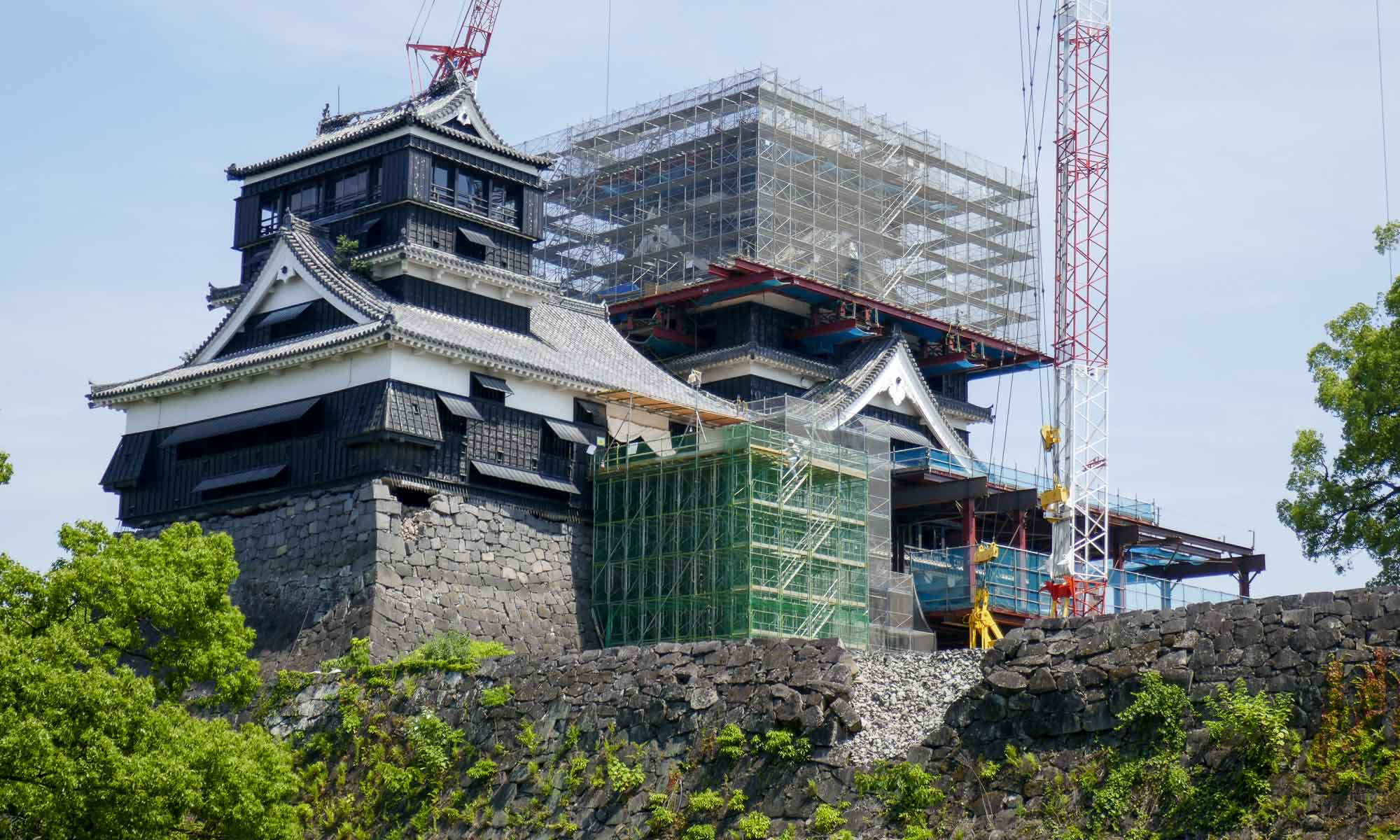
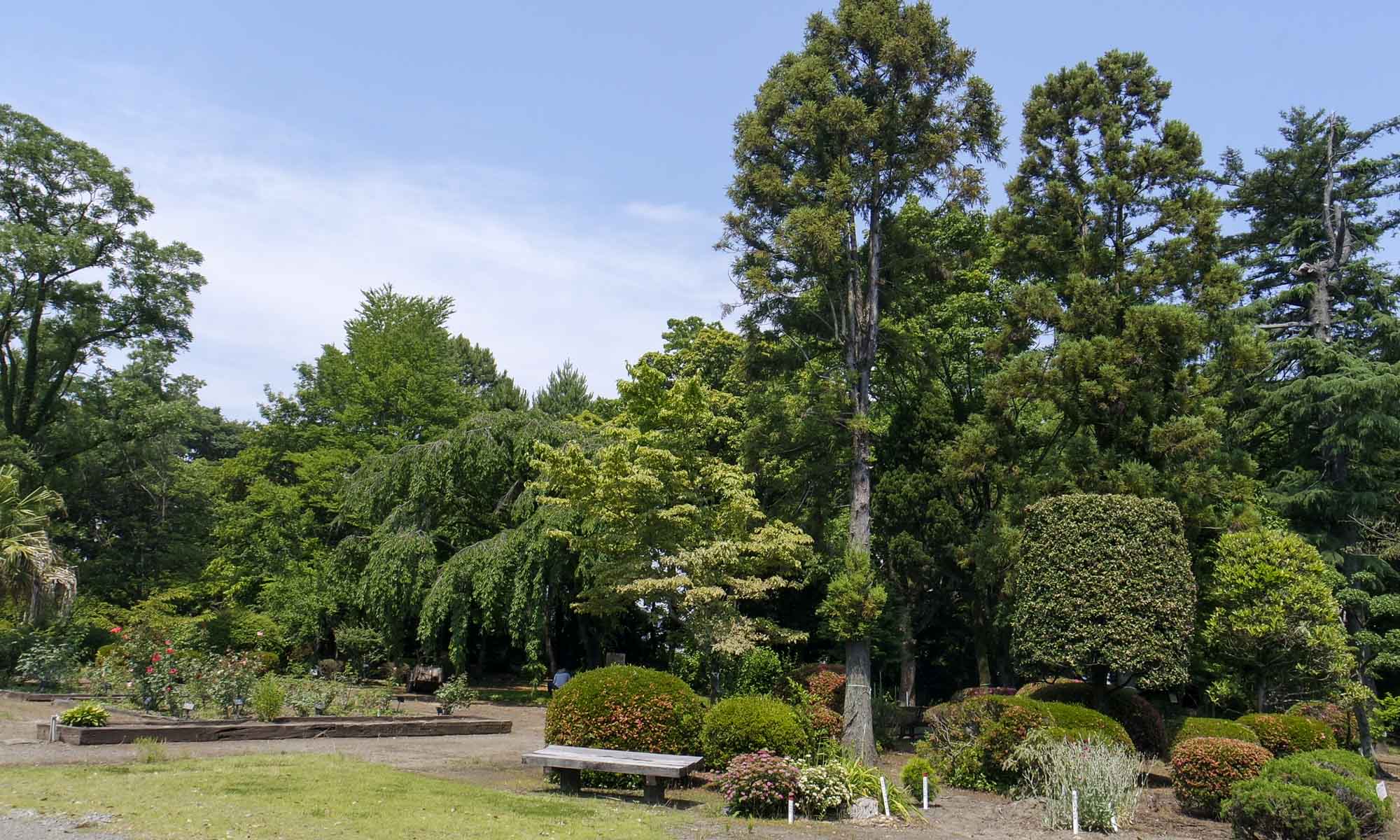
Getting to Kumamoto Castle
The castle is located in the center of Kumamoto, and is a 15 minute tram ride from JR Kumamoto station.
Suizenji Jojuen Garden
A friendly lady at the rental car counter recommended that we take some time to visit the garden which was not on our original agenda. We were not disappointed! It took over 80 years to construct the garden which is renowned and one of the most beautiful in Japan. It represents the 53 stations of the Tokaido road (53) and is filled with ponds and fresh springs. Surprisingly, it was not busy when we visited, and we were able to enjoy the tranquil nature of the park.
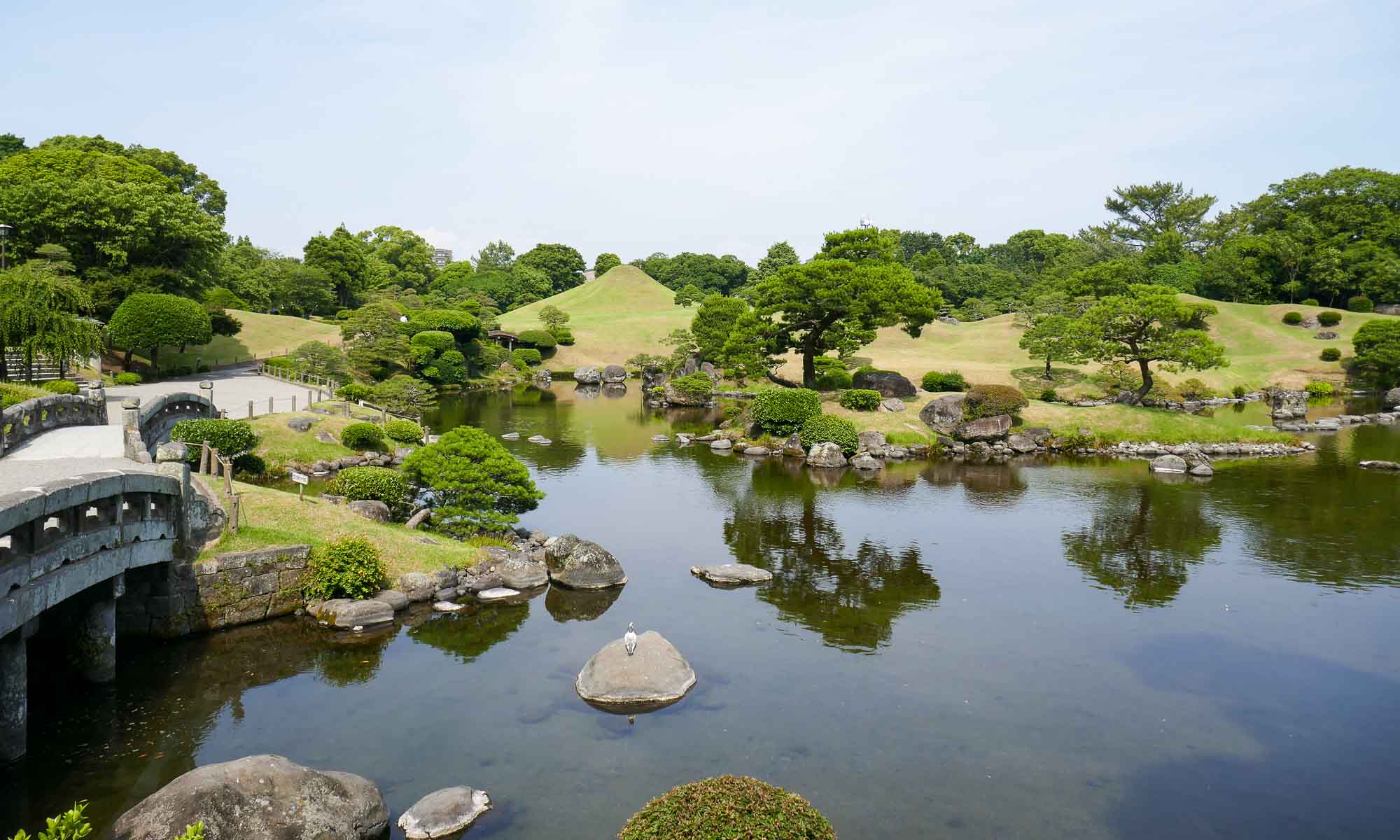

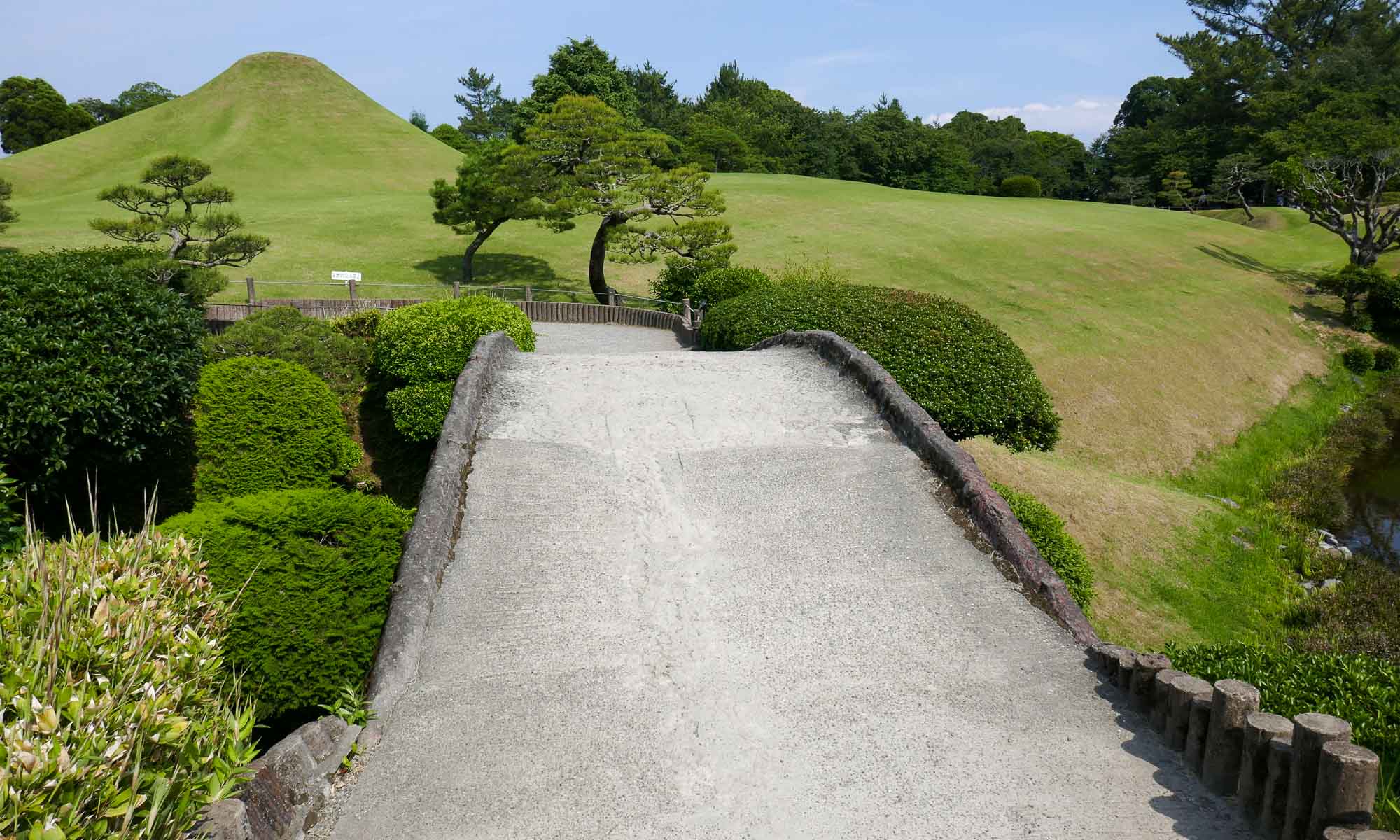
Admission fee: Y400
Getting to Suizenji Garden
The gardens are about a 5 minute walk from the Shin-Suizenji tram stop.
Day trips from Kumamoto
Driving from Kumamoto into the central parts of Kyushu, the scenery was absolutely spectacular. Unfortunately, the impact of the 2016 earthquake is still quite evident, with some roads and several places still closed. We had hoped to visit the Kikuchi gorge, but reconstruction efforts were underway.
Mount Aso
An active volcano in the middle of Kyushu, it has a caldera that is one of the largest with a diameter of 25 km. There are five peaks in the caldera: Mount Takadake, Mount Nekodake, Mount Kishimadake, Mount Eboshidake and Mount Nakadake, some more active than others. Mount Nakadake is usually the easiest to access, but since the 2016 earthquake which damaged the ropeway, and the poisonous volcanic gases regularly emitted, there is now a no-entry zone of 1 km from the crater in effect.
Despite this, we were able to hike up to the peak of Mount Nakadake (1,506 m) and view the crater via a circuitous route, in the company of an older Japanese guy, and were amazed at the views.
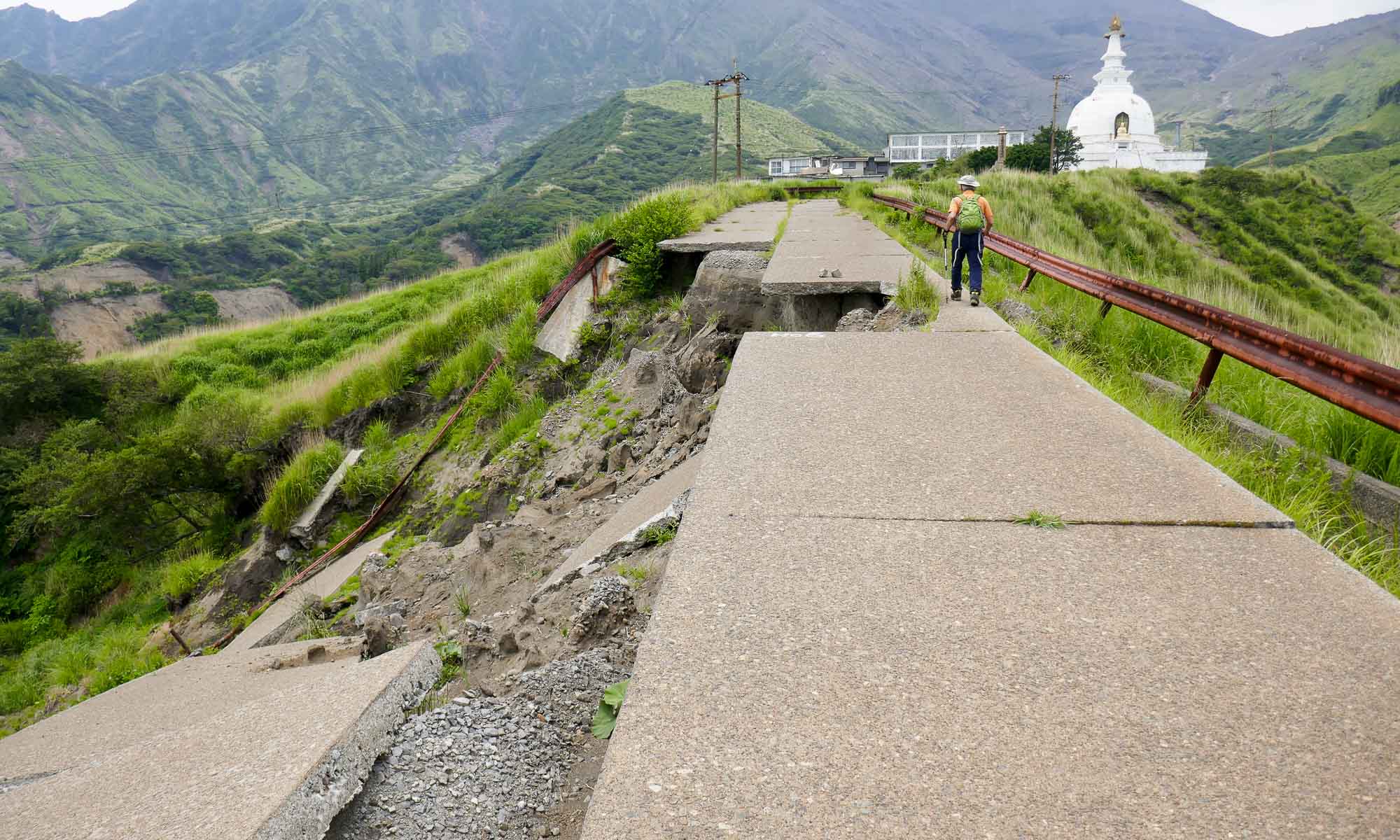
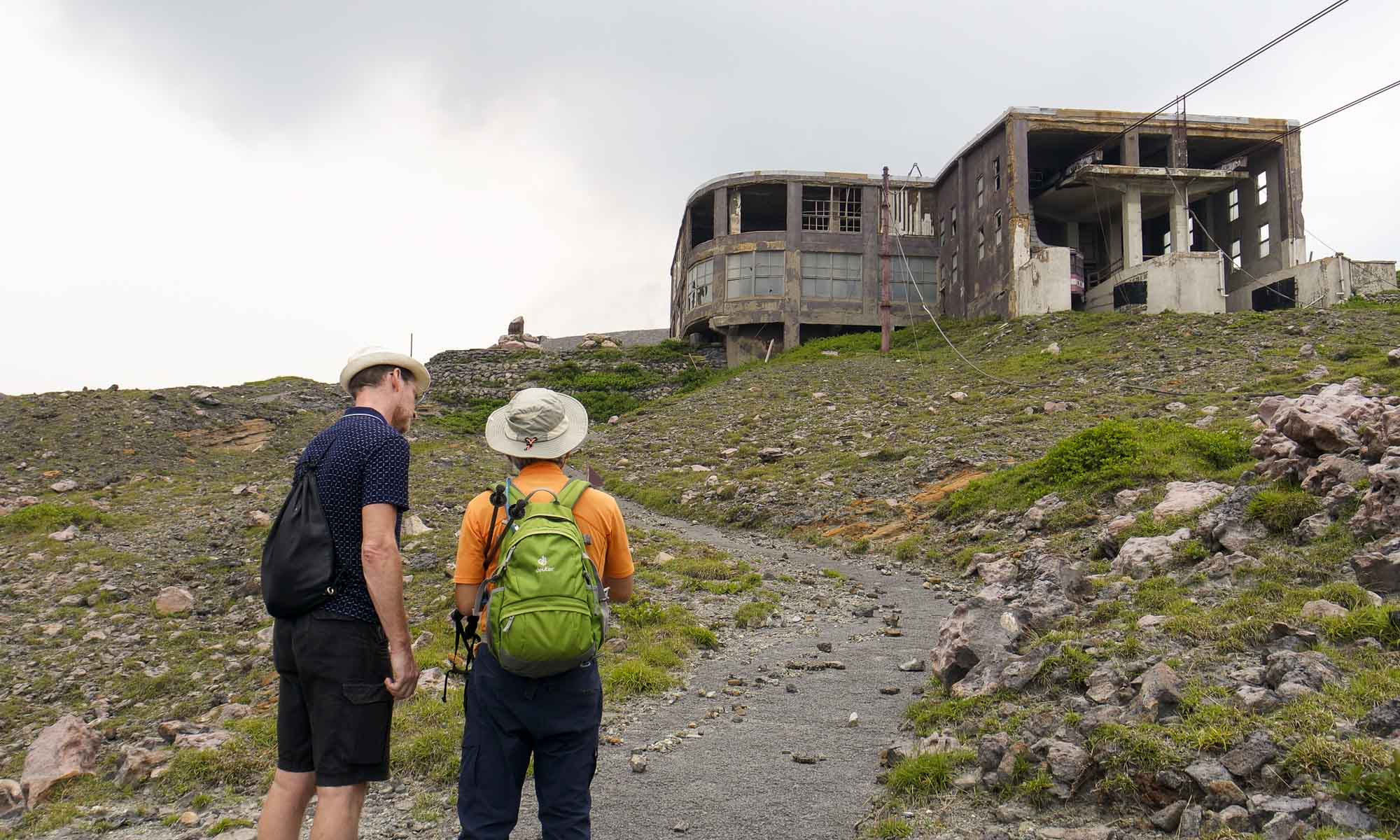
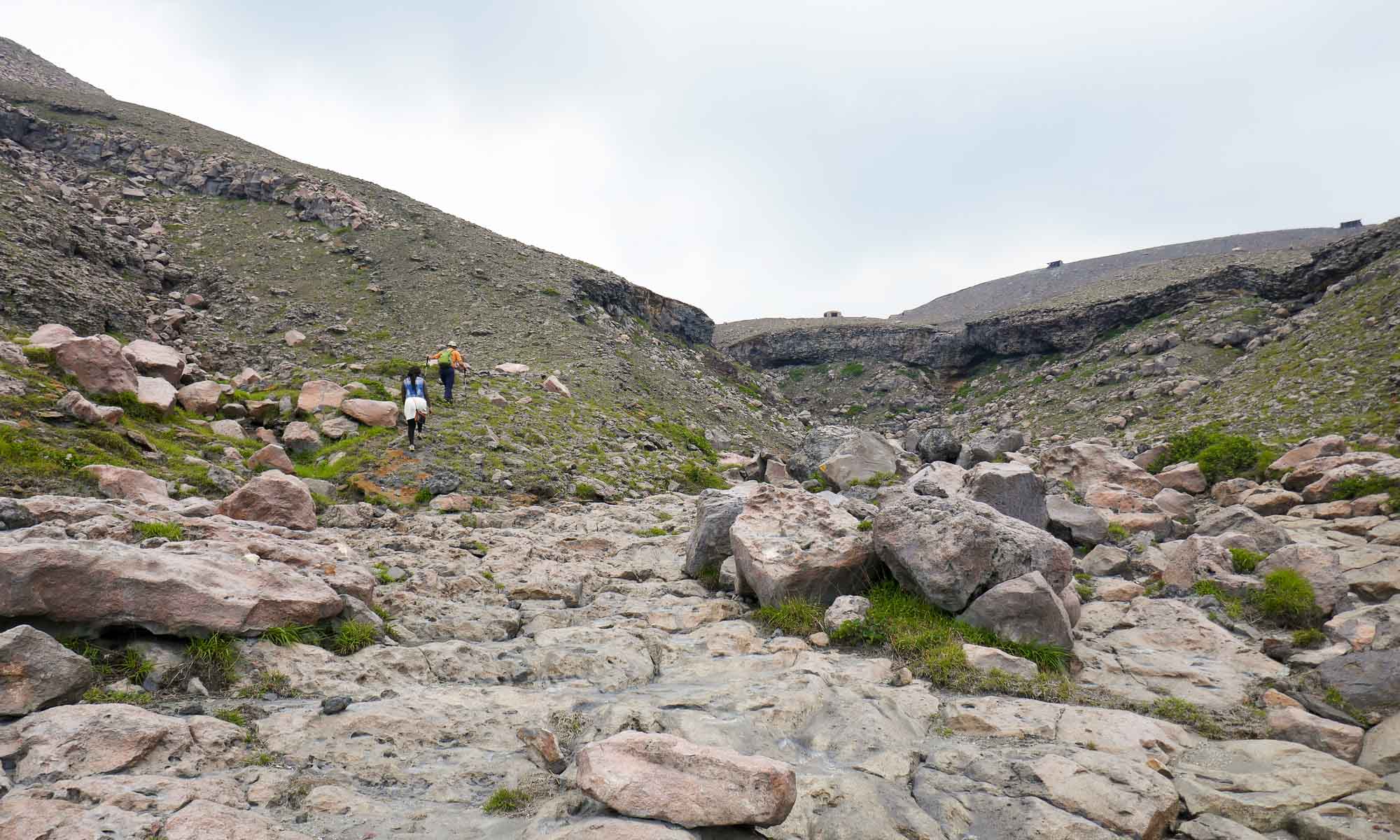
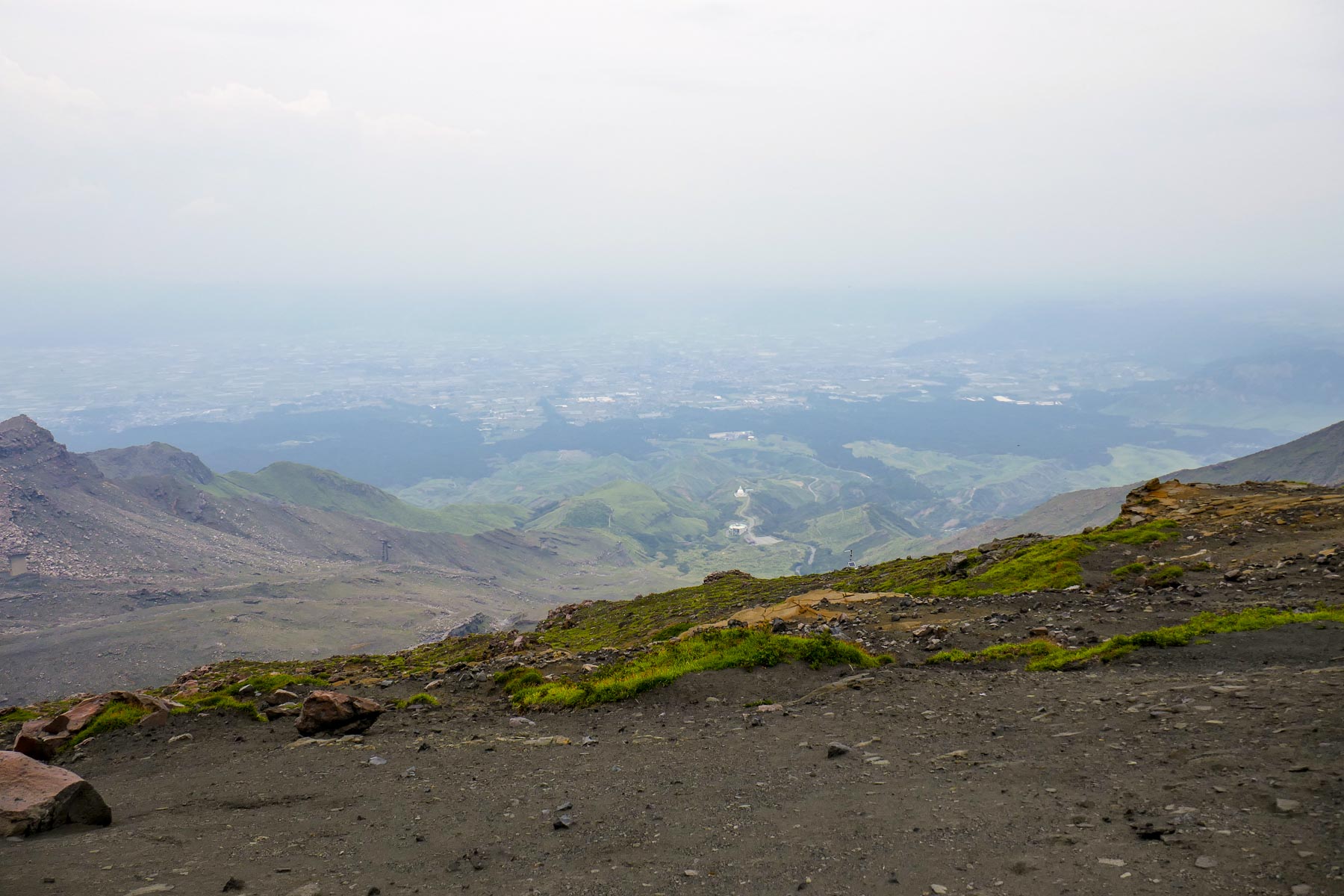
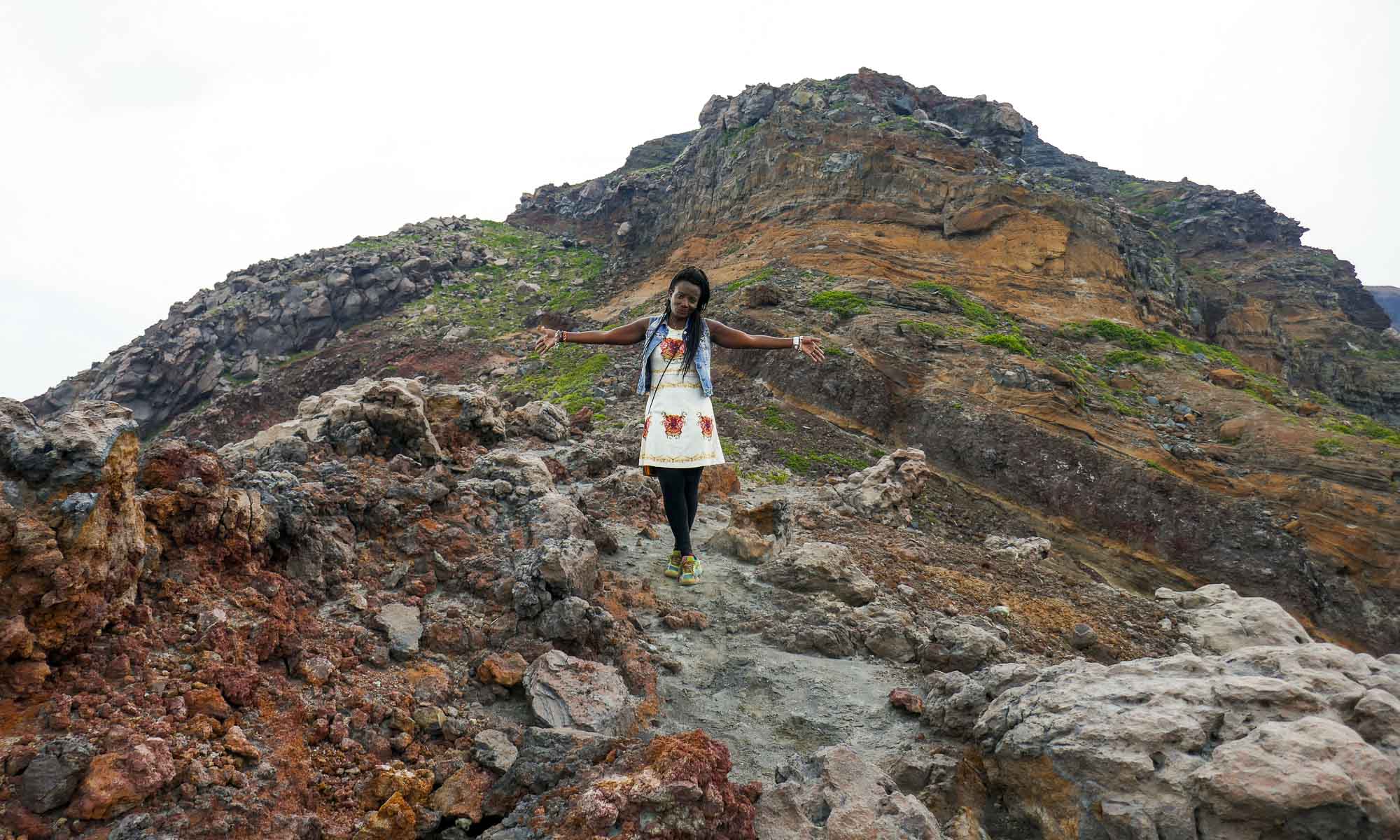
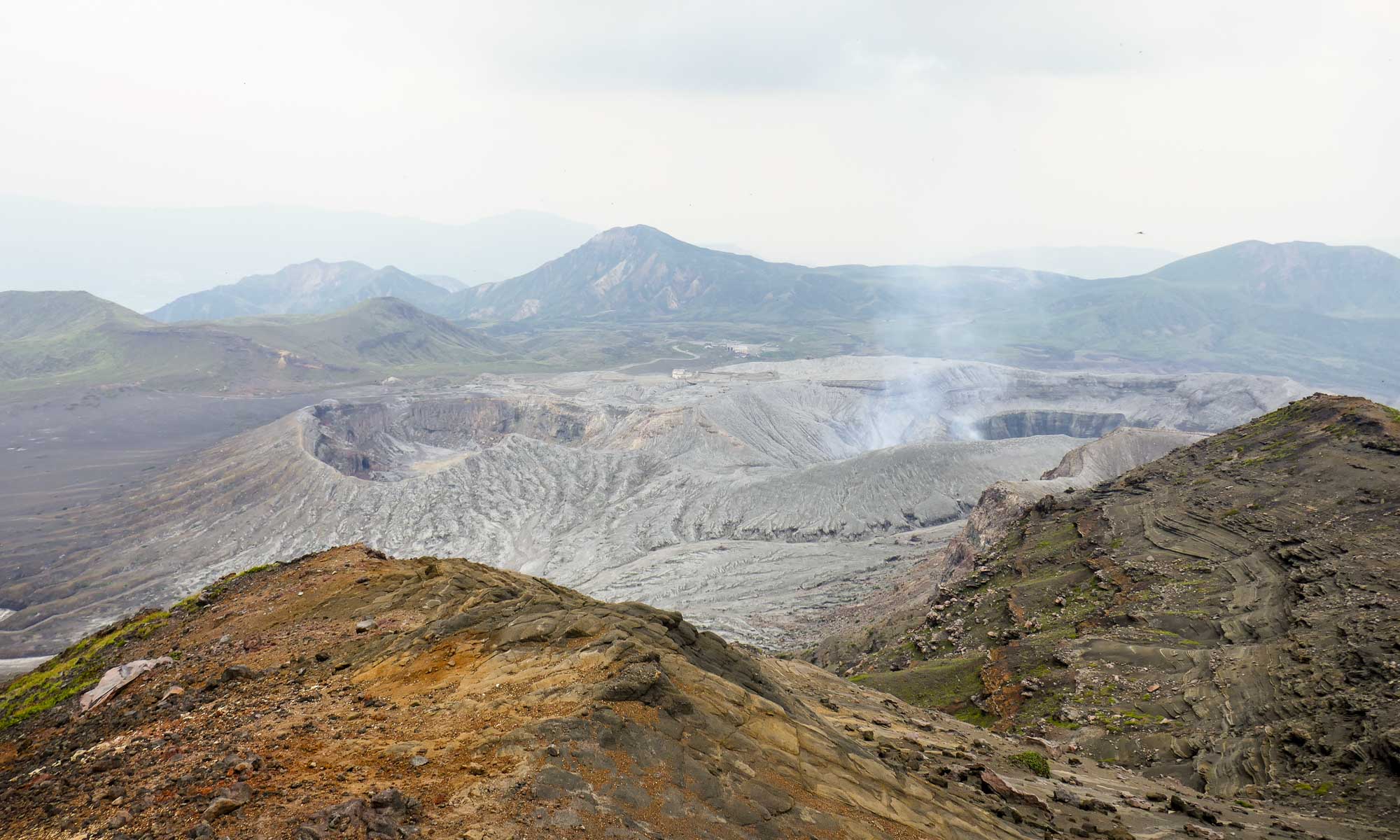
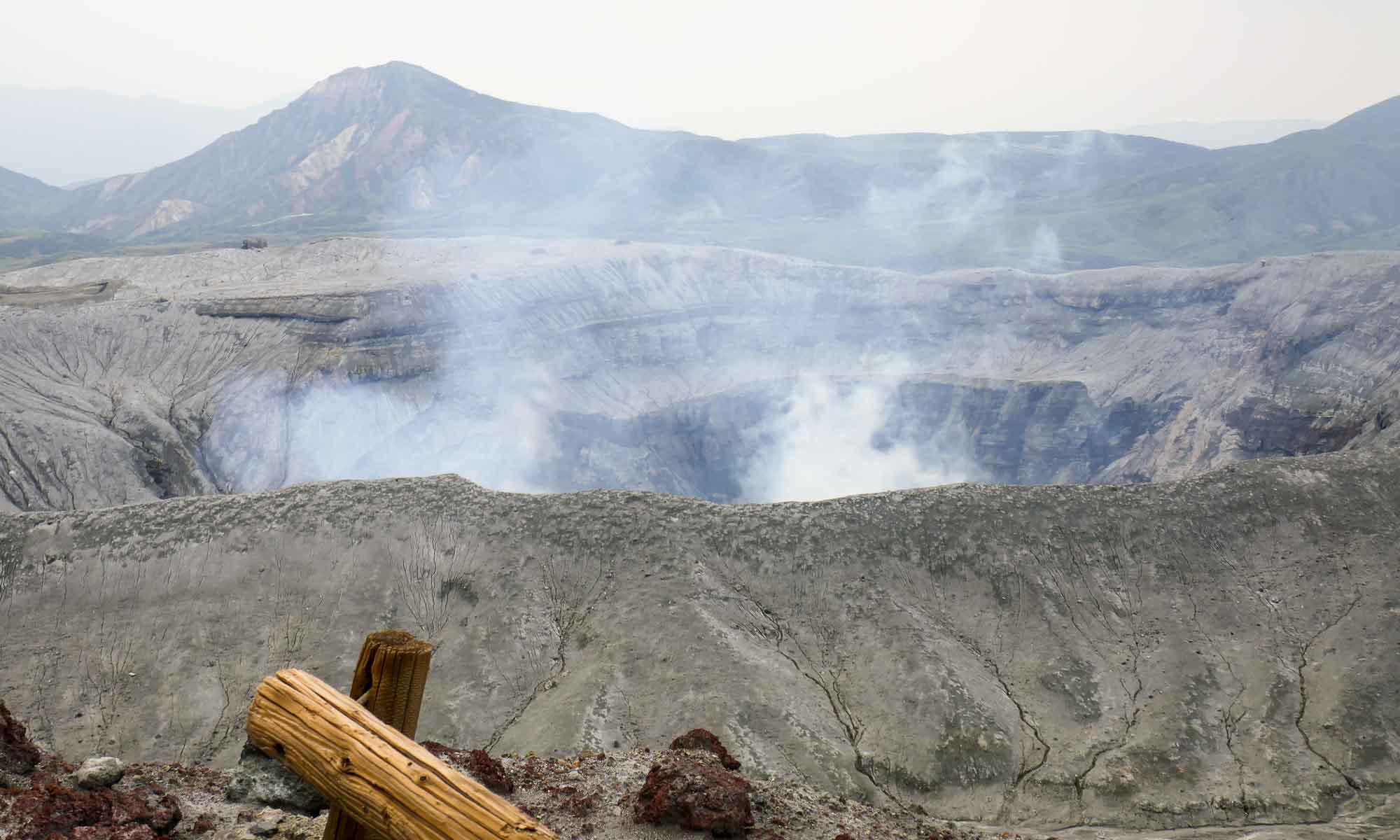
Getting to Mount Aso
The drive from Kumamoto takes about 1.5 hours.
Nippon Ichi Stone Steps
As weird as it sounds, these stone steps, all 3333 of them, were built in 1988 to attract tourists to the area. They were constructed from stones and granite from different places. The path up is made up of long stretches of steps interspersed with dirt paths. Every 100 steps or so, are stone markers indicating the number of steps walked. While the views at the top are now obstructed by trees, those along the way were spectacular. Every November, thousands of locals join the “Attack the Nihon-Ichi” challenge and are rewarded with certificates or prizes.
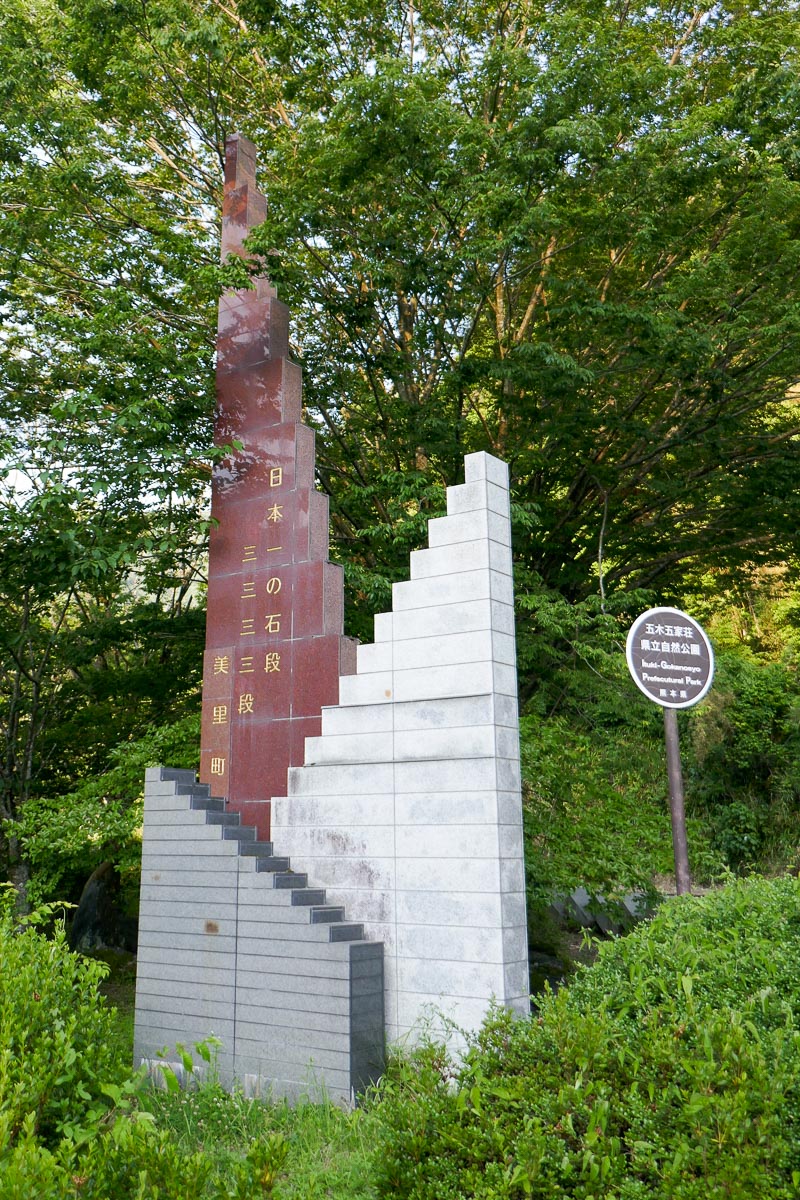
We were not spurred on by the hope of receiving a certificate, but nevertheless, pushed on to make it to the top in just over an hour. Which was quite an accomplishment, seeing that most people make it in about an hour and a half or even 2 hours.
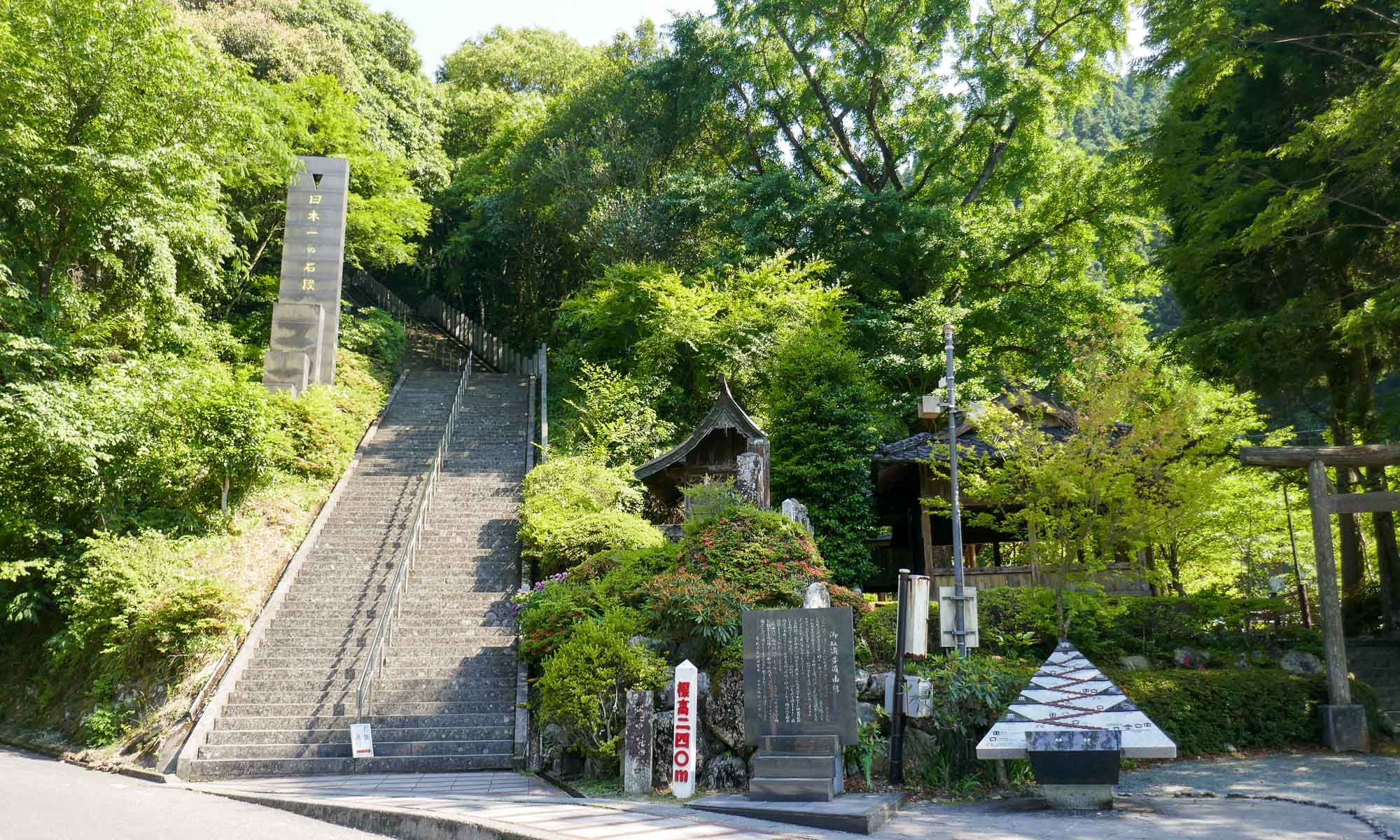

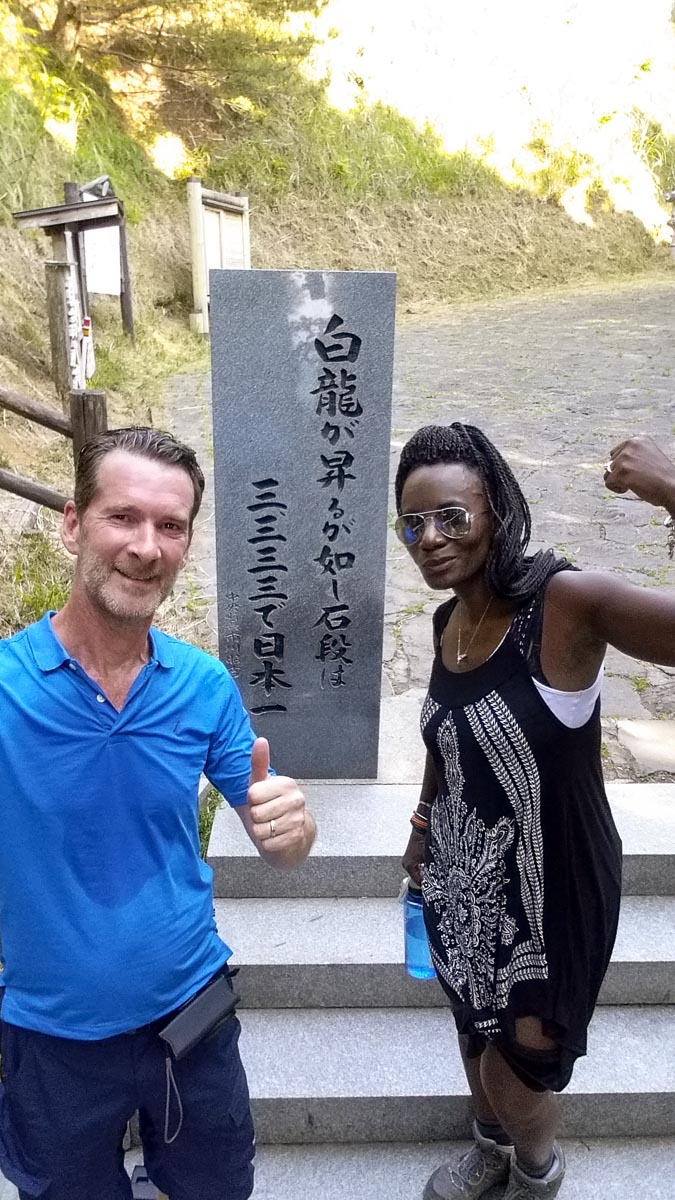
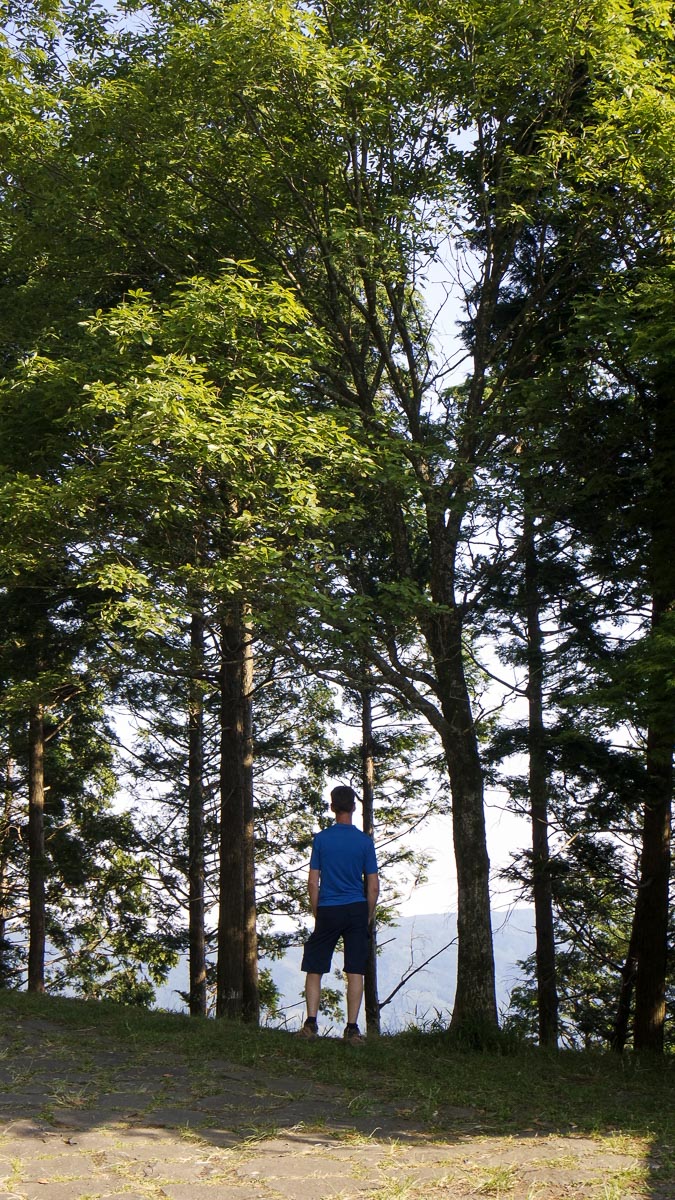
Parking fee: Y500
Getting to Nippon Ichi Stone Steps
The steps are located about 40 minutes from Kumamoto in Misato. The steps might also be known as Misaka Pedestrian Walkway.
Takachiho Gorge
Formed from the lava flows after an eruption of Mount Aso, the gorge with the Gokase river flowing through it, and the various waterfalls cascading down into it, is quite a spectacular sight. Most visitors prefer to view the gorge and the 17 m high Manai waterfall from below, rowing in one of the exorbitantly priced boats, but for us, the view from above was sufficient. The gorge is at least 7 km long, and the path at the top provides more of an opportunity to view it for a longer distance, while on the river, boats are restricted and only travel about 200 m. The path leads to a shrine, and a section where we were able to view the Takachiho Sanbashi, three arched bridges of different styles.
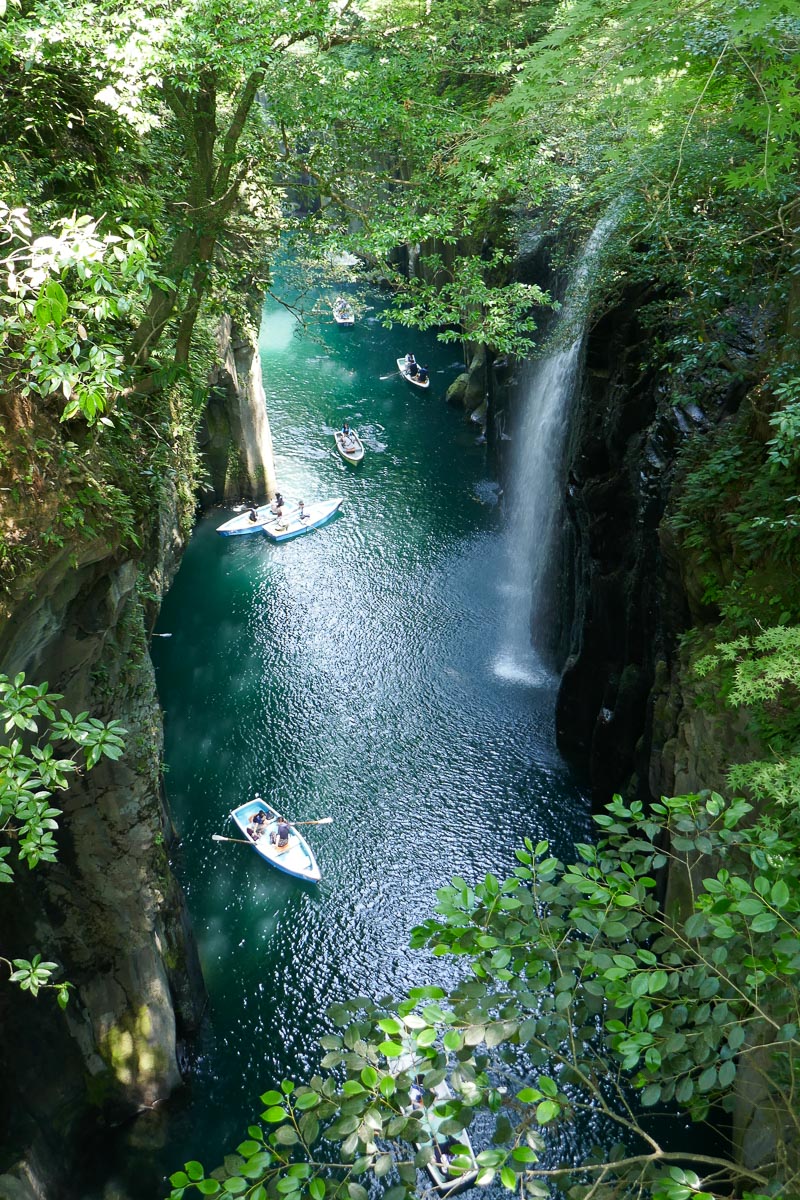
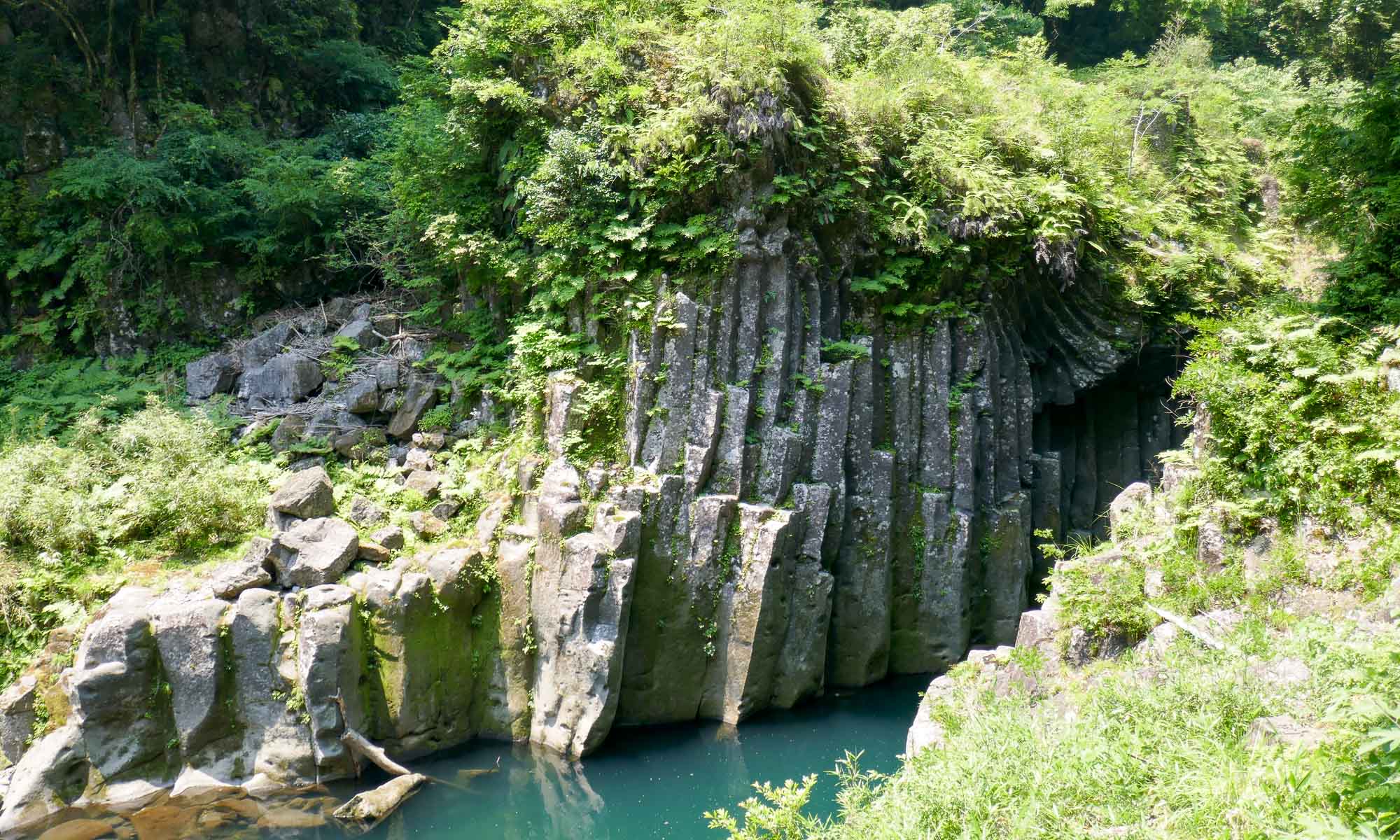
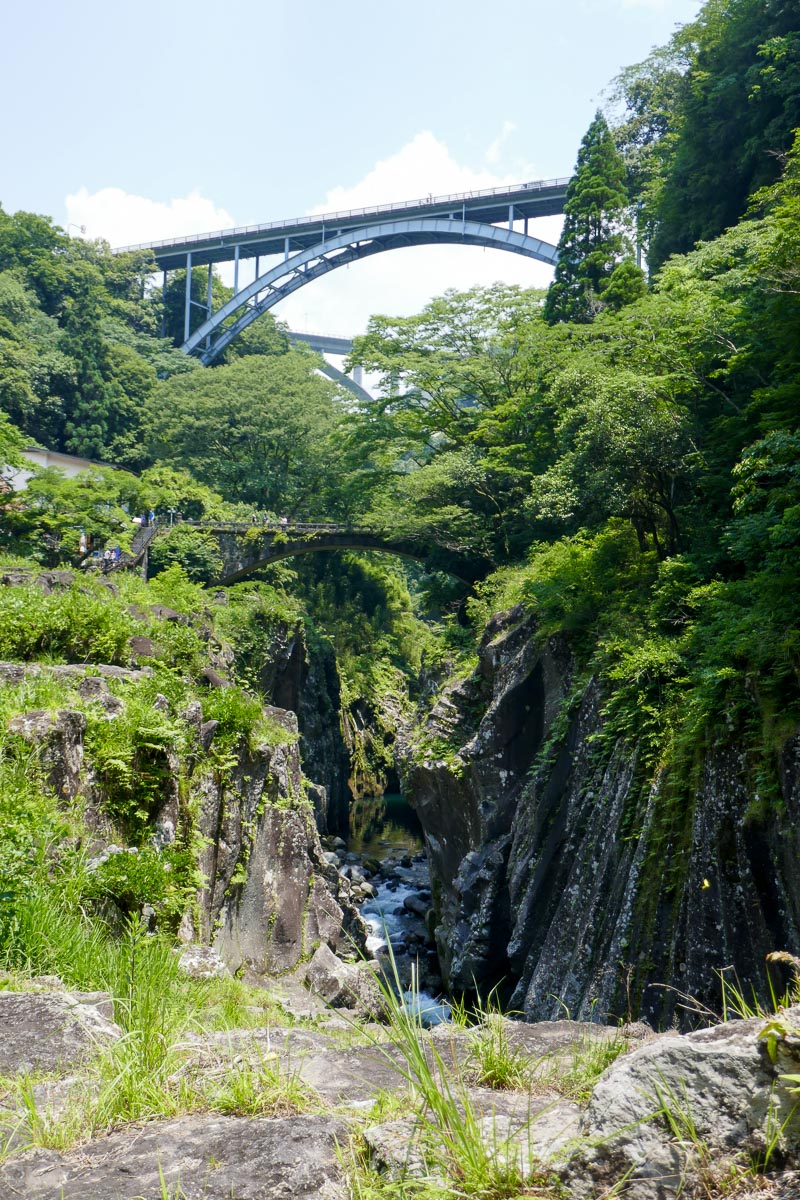
Boat rental: Y2000 for 30 minutes ride; Parking fee: Y500
Getting to Takachiho Gorge
The gorge is about a 2 hour drive east from Kumamoto.
Sleeping in Kumamoto
Dormy Inn Kumamoto
We chose to stay at Dormy Inn due to its location and availability of parking. The hotel is located close to Kumamoto bus terminal, a large shopping area, and is 800 m from Kumamoto castle. The rooms were small but adequate. Breakfast was provided at an additional cost, so we purchased breakfast items at a nearby grocery store. Parking was via a lift type of contraption, which definitely provided us some entertainment.
Eating in Kumamoto
Ni-No-Ni
Walking around the Sunroad Shinshigai shopping area, we noticed a small queue growing outside this restaurant and so decided to try it out. It is an izakaya-style restaurant popular with the locals. While it did get slightly noisy, with the patrons enjoying several shots of Sake, the food was good and the atmosphere pleasant.

Curry House CoCo
While this is a chain restaurant found all over Japan, this ended up being a place we visited when we wanted a decent meal and less hassle with attempting to interprete the menu. The restaurant has a large menu with several different spice levels.
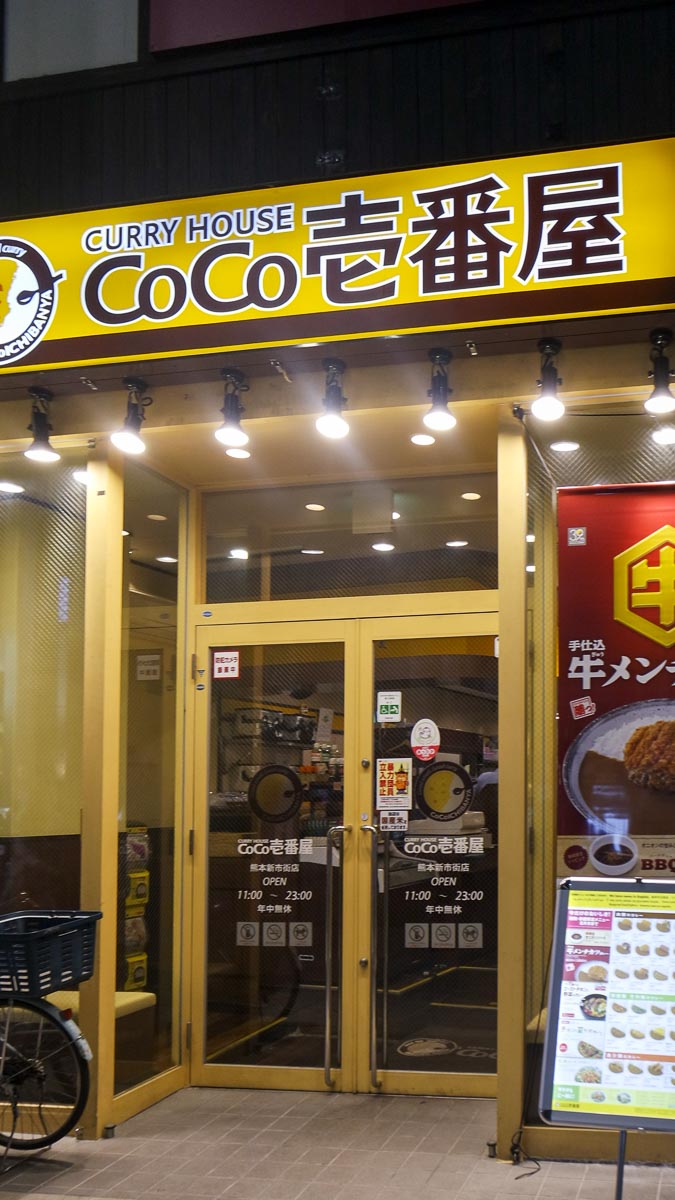
Getting to Kumamoto
The Shinkansen from Kagoshima takes approximately 1 hour to get to Kumamoto and without a JR rail pass would cost Y7,000.
Getting around Kumamoto
In downtown Kumamoto, the best way to get around is by tram, though for areas close to the castle we preferred walking. Fares on the trams are fixed and we were able to use our PASMO cards. Interestingly, we noticed on the trams that umbrellas were provided for use free of charge.
Single ride: Y170; One-day pass: Y500
